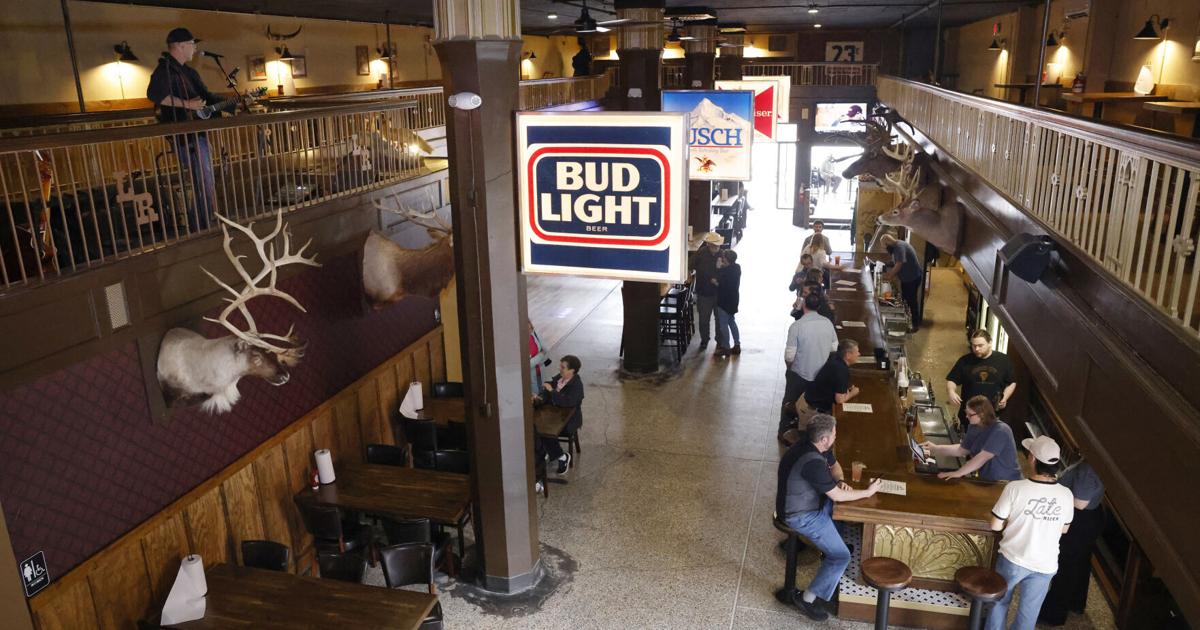Copyright forbes

The completed and rebuilt Eden Mill Distillery. As a St. Andrews University graduate and alumnus, I vaguely remember trying whisky from the Eden Mill distillery around seven years ago or so during a visit to my alma mater. A microdistillery operation at the time located in the nearby Fife town of Guardsbridge, my first opportunity to try Eden Mill came through a set of whiskies served in 20 cl bottles featuring different maturations, launched as the ‘Hip Flask Series’. Many of them were available to try at local bars in St. Andrews. Despite some of the prices the little bottles are now being sold at, I don’t remember being massively impressed at the time. Many of these felt rushed and unbalanced, it felt to me like the distillery was still trying to find its feet and flavor identity. However, earlier this month the new Eden Mill has re-opened its doors after a complete reconstruction of its old site, with little resembling the old microdistillery except its location, a former paper mill. The original founders are no longer involved. Its main releases aren’t sold in tiny bottles anymore either, the distillery offers bourbon cask and sherry cask matured whiskies as well as more limited editions that include experiments with ex-Amarone and Cognac casks. The new site can now produce close to a million liters of alcohol a year if running at full capacity and has also bet big on an impressive visitor center, and the Eden Mill team is hopeful that its location next to the famous golfing town gives it a unique whisky tourism advantage. Now under ownership of the private equity company Inverleith LLP, Eden Mill starts a new chapter navigating a number of wider challenges now facing the whisky industry. Its success will rely on providing quality on both the whisky and tourism fronts. A Quick History Of Eden Mill Eden Mill's bar, The Lookout Kelly Searle Eden Mill’s begins with beer rather than gleaming copper stills. In 2012, Paul Miller and Tony Kelly opened a microbrewery in the old Guardbridge paper mill site that is nome to the new facility. Brewing traditional ales and stouts, they first operated under the name Eden Brewery. The brewery enjoyed success, but making whisky was always part of the ambition for the project. There is a nice connection to history here too, the site itself had operated as a distillery owned by the Haig family between in the first half of the 19th century. In 2014, small 900-liter Hoga pot stills were installed and the company made its first spirit runs, filling three casks a week. According to its Whiskypedia entry on scotchwhisky.com, Eden Mill became the first combined brewery and distillery in Scotland as a result. The old brewery buildings were modest, but the founders saw an opportunity: plenty of people were coming to St Andrews for the golf, but golfing whisky fans continued north to the Highlands and Speyside. Opening a distillery in one of Scotland’s busiest tourist spots therefore seemed obvious. A small portacabin was set up to run tastings for both whisky and other spirits, mainly gin, that the distillery was producing. Private equity firm Inverleith LLP bought up a majority stake in Eden Mill in 2022, and provided the capital to rebuild the distillery. The new site, perched on the banks of the Eden Estuary, is powered entirely by renewable energy and is ready to receive over 50,000 visitors a year. Inside, guests can enjoy whisky and gin tours, shop exclusive bottlings, or sip cocktails in The Lookout, a bar offering views across the water to St Andrews. It also may be the first distillery to offer a golf simulator, allowing visitors to ‘play’ the Old Course as well as other famous Scottish and international courses. Guided tastings and “Cask Mastery” experiences refocus the site as a whisky distillery rather than the gin that was the main focus for a while. Eden Mill brand home manager Euan Kinninmonth is one of the longest-serving employees at the company, and played a key part in the transition from small brewery/microdistillery to a new modern production site. Though he started as a tour guide in 2016, he now runs the distillery’s new visitor center. Across his time at the company, the business has expanded from 20 staff to over 50. With the departure of the original founders, he’s extremely conscious of giving Eden Mill an identity and economic role rooted in its St. Andrews/Guardsbridge origins, and his connection is very personal. “I grew up in St Andrews and went to Madras [a high school in St. Andrews]. Four generations of my family all worked out here [at the old paper mill site],” he said. “I feel a bit of a custodian of that story. It's our job to share that story with visitors to the town.” He sees the distillery as part of a longer industrial lineage, a new chapter in the history of a site that’s played a key economic role in the local community for two centuries. “I feel, you know, that this is bigger than me. I really do feel strongly about being involved with what I consider the next ‘paper mill’ at this site, the start of something new. I feel we’re at the start of a new legacy for St Andrews’ whisky heritage, which was a little bit lost from this area.” What Will Eden Mill’s Whisky Taste Like? So what’s going to be made at the new site? It certainly will be different to what came before. The goal with the new stills -15,000 litres for wash and 11,500 for spirits - is to produce something both refined and full of character. “We’re saying it’s not a revolution, it’s an evolution,” says Kinninmonth. “Keep that core of what we were doing, which is typically a lowland malt, very light, floral, quite delicate, but it's got a robust character to it.” Eden Mill’s distillation team uses 100% Fife-grown barley, continuing a commitment to local sourcing. Fermentation length runs at the average industry standard, around 72 hours. Kinninmonth emphasizes that Eden Mill aims to bring in as many influences in flavor beyond just distillation and maturation. “We try and limit the copper contact through the wash distillation, so we hold on to a lot of that great flavour, not just from the yeast, but from the Fife barley we use,” said Kinninmonth. The result is a spirit that he describes as “very light, fruity, floral, but it's got a nice depth to it.” Eden Mill’s maturation policy aims to balance consistency with experimentation. Its core stocks mature mostly in ex-bourbon casks with a significant proportion also going into sherry casks, while smaller volumes of spirit are aged in red wine, rum, brandy, and virgin oak. That mix gives the team flexibility to release both classic and/or distinctive single cask whiskies, such as the Oloroso sherry release that marked the distillery’s reopening. There’s also a private cask program designed as both a revenue stream and a community project., with 650 private casks have already sold, mostly to enthusiasts and university alumni with ties to St Andrews. Production is being scaled cautiously, reflecting both market conditions and Eden Mill’s focus on quality. For now, its maturing whisky from the old site will carry the name, with the first single malts from the new stills expected in several years’ time. Though the site has capacity for nearly one million litres of alcohol annually, there are no plans to come close to making that amount at the moment. The plan is to grow gradually, building stock while the visitor centre cements the distillery as a Fife whisky destination. Kinninmonth summarises Eden Mill’s ambition neatly: “You come for the golf and stay for the whisky - that's what we want to achieve.” Editorial StandardsReprints & Permissions



